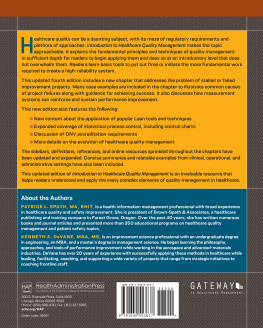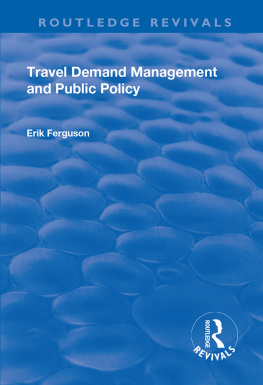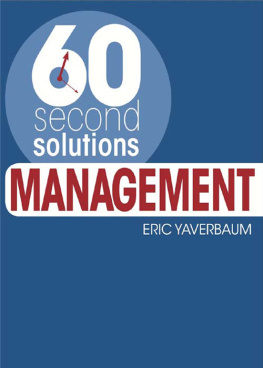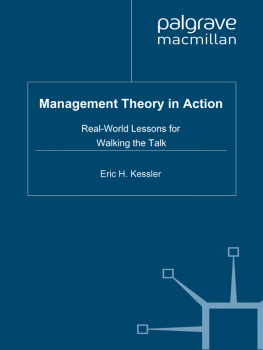1. Introduction
Abstract
Air quality management in Canada is comprised of several inter-related processes and tools that are introduced in this chapter, thus providing the foundation for a more detailed treatment of these aspects in the following chapters. The Canadian approach involves an adaptive process that starts with problem recognition and then proceeds through goal setting, plan design, plan implementation, tracking of progress and if necessary, making adjustments to achieve the goals of the program. Stakeholders are involved throughout the process using a variety of informational, consultative and collaborative techniques. The entire management process is supported by scientific and technical knowledge gained from air quality monitoring, emission inventories, air quality modelling, socio-economic analysis, air quality research and technological development. Implementation of air quality management plans relies on prescriptive regulations, social marketing and outcome regulations that may employ economic instruments. The mix of tools depends on the nature of the problem, its spatial scale, and jurisdictional preferences.
1.1 Managing Air Quality
Air quality management in Canada has rapidly evolved from the control of a few pollutants emitted from industrial stacks to a complicated web of management approaches that address a host of new, inter-related air quality issues. These issues can be local to global in nature, have time scales that range from seconds to decades, and involve multiple pollutants emitted by a wide variety of sources. Some of these pollutants can transform into other pollutants, posing challenges in identifying and controlling the emissions from an array of contributing sources.
The development of air quality management has been driven by the accumulation of scientific evidence on the negative effects of air pollution on the natural environment and human health. For example, hundreds of peer-reviewed studies from around the world over the last several decades show that exposure to outdoor air pollutants not only poses a risk to human health, but the very young, the very old and those with chronic cardio-pulmonary disease are more vulnerable to its harmful effects. In addition, there is emergening evidence that these risks occur at lower air pollutant concentrations than previously thought. This awareness is pushing Canadian regulatory agencies to develop more comprehensive management approaches in order to acheive more stringent air quality goals.
This book is built on the collective wisdom and experiences of Canadian and American professionals who have worked for many years in their respective fields to improve air quality in Canada. It describes our present understanding of the impacts of air pollutants on health and visibility, the state of knowledge of pollutant concentrations across Canada and how they move, disperse and transform in the atmosphere. It also assesses how Canada has developed management systems to reduce the environmental and public health risk of air pollutants in a wide variety of sectors and details how emissions from important sectors are managed. Although there is considerable diversity in management approaches across Canada, the book will feature many common elements that are employed across different jurisdictional, geographic and source sectors.
This Introductory chapter provides an overview of the process and tools used for air quality management in Canada and provides some Canadian examples. As such, it provides the ground work for the following chapters that cover each of the topics introduced here in-depth and provides the framework to link the pieces to the larger process that is set to acheive goals.
Air Quality Management is defined as the organization and coordination of human activities for the achievement of air quality goals. Air quality goals are end results for the relative amounts of substances in the atmosphere or the conditions of valued biological and physical resources affected by those substances. Goals are usually set for some undetermined time in the future, with a number of observable and measureable intermediate objectives to be achieved within fixed timeframes.
In general the goals of Air Quality Management in Canada are twofold (Mennell and Bhattacharrya ):
Under these general goals, air quality programs and air quality management systems within various jurisdictions often have more specific goals:
Minimize, reduce or prevent emissions
Meet ambient air quality standards
Maintain good visibility
Reduce acid deposition to reverse ecosystem damage (e.g. Canada-Wide Acid Rain Strategy)
Reduce the risk of adverse health effects (e.g. Canada-Wide Standards for Particulate Matter and Ozone)
These goals are typically translated into standards for ambient air quality (or a related parameter) and standards for emissions from industrial processes, common equipment or consumer products. These will be discussed in a later section. Air quality goals may also be part of larger management plans for energy, sustainability, climate change, land use, or community involvement.
Although there are differences in geographic extent, pollutant focus and control emphasis, the most successful air management programs would be described as:
Multi-pollutant, considering several pollutants together
Optimized, ensuring decisions fair, just and cost-effective
Co-ordinated, seeking local, regional and global benefits at the same time
Science-informed, making use of the best available scientific knowledge
Polluter-targeted, costs being borne by those responsible for the emissions
Flexible, allowing for uncertainties and mid-course revisions
Transparent and understandable, providing clarity to stakeholders
Supported by stakeholders, reducing resistance to change
Integrated, being part of other planning processes such as regional strategies, community plans, and energy plans.
1.1.1 Spatial Scales
Air quality management occurs over a wide range of geographic scales: international, national, provincial, regional, and local.
International scale management deals with issues that are global in scope, such as climate change, stratospheric ozone depletion and inter-continental transport. An early example of a management approach on this scale is the UNECE Convention on Long Range Transport of Air Pollution . This convention, adopted in 1979 and currently has 49 countries (including Canada) that have signed the convention, set the broad framework for the United Nations Economic Commission for Europe region to work cooperatively on the transport of pollutants through the atmosphere and over borders, oceans, and continents. From this convention, 8 different protocols have been producedincluding the Aarhus Protocol on Persistent Organic Compounds which entered into force in 2003 and bans the production and use of some substances, while scheduling others for elimination or severe restriction at a later stage.











